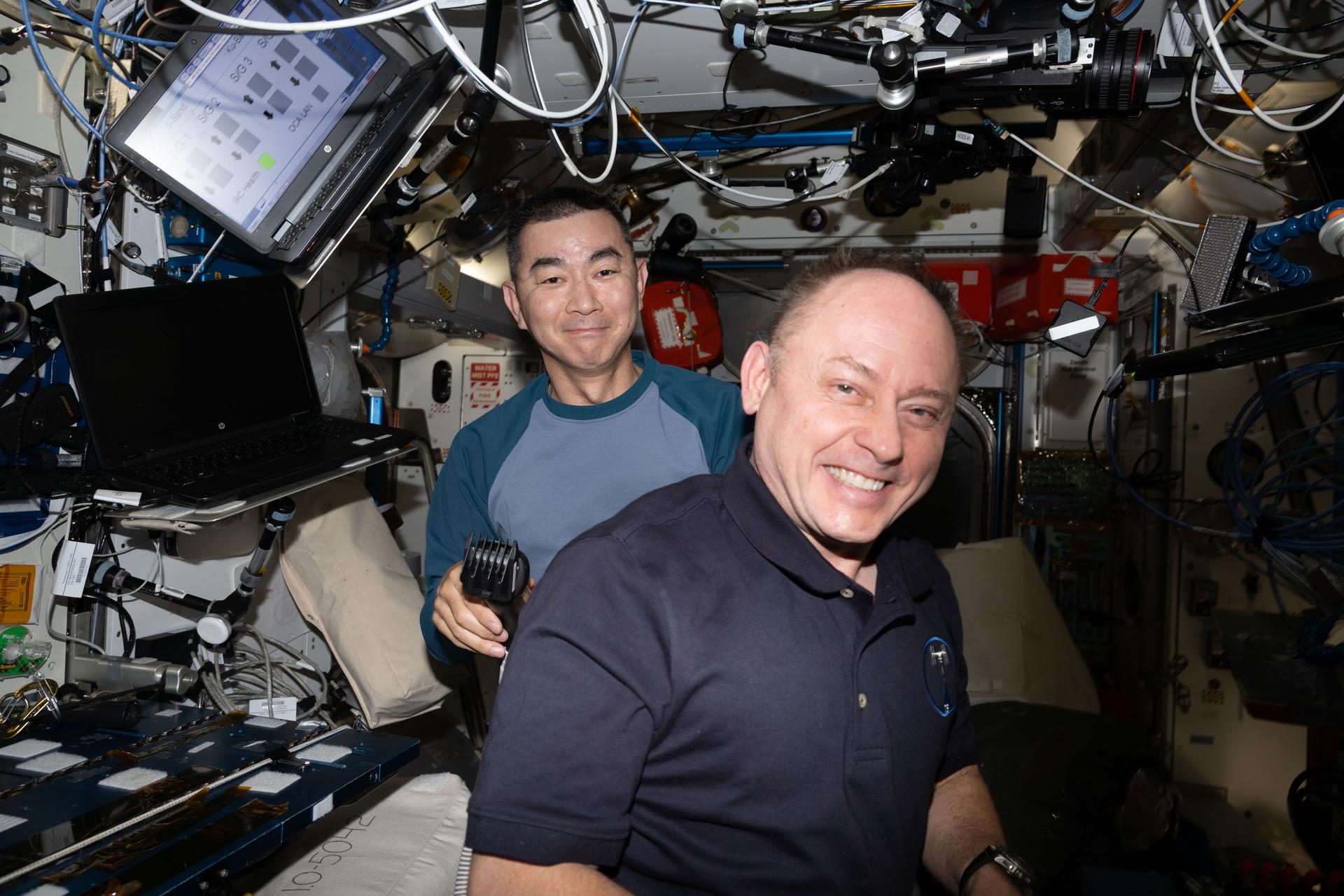Cargo Craft Departs Before Two Resupply Spacecraft Launch
The Zvezda service module’s rear port opened up today after the undocking and departure of the trash-filled Progress 91 cargo craft completing a six-and-a-half-month stay at the International Space Station. The vacant port now awaits the arrival of the Progress 93 cargo craft set to launch from Kazakhstan at 11:54 a.m. EDT on Thursday. The new Progress, from Roscosmos and packed with 2.8 tons of cargo, is set to dock to Zvezda at 1:27 p.m. on Saturday following its automated approach and rendezvous maneuvers resupplying the Expedition 73 crew. NASA+ will begin its live launch broadcast at 11:30 a.m. on Thursday followed by docking coverage beginning at 12:30 p.m. on Saturday.
Just over a day later, Northrop Grumman’s expanded Cygnus XL cargo craft will launch atop a SpaceX Falcon 9 rocket from Florida at 6:11 p.m. on Sunday, Sept. 14. Cygnus XL will orbit Earth for two-and-a-half-days before catching up to the orbital outpost. NASA Flight Engineers Jonny Kim and Zena Cardman will be at the controls of the Canadarm2 robotic arm ready to capture the Cygnus when it reaches a point about 10 meters away from the space station. Engineers on the ground will then take over and remotely command Canadarm2 to maneuver Cygnus in its grips toward the Unity module’s Earth-facing port where the cargo craft will be installed.
Kim and Cardman spent Tuesday training for the arrival Cygnus XL, first reviewing its mission profile and the tools and procedures they will use during the spacecraft’s approach and rendezvous. Second, they practiced on a computer the robotic maneuvers and commanding techniques necessary to grapple Cygnus when it reaches its capture point near the orbital outpost. Kim and Cardman will be on duty when Cygnus arrives for its capture at 6:35 a.m. on Wednesday, Sept. 17, loaded with over 11,000 pounds of new science and supplies.
Station flight engineers Mike Fincke of NASA and Kimiya Yui of JAXA (Japan Aerospace Exploration Agency) focused on lab hardware on Tuesday checking electronics equipment and readying scientific gear for deployment. Fincke spent his shift inside the Columbus laboratory module testing power outlets, activating a laptop computer, and connecting cable. Yui worked in the Kibo laboratory module installing CubeSats inside a small satellite deployer that will soon be placed outside the space station. The shoebox-sized satellites will be deployed into Earth orbit for educational, public, and private research.
Researchers from around the world continue studying how crew members adapt their sense of balance and orientation in microgravity to train new crews for future space missions. Station Commander Sergey Ryzhikov and Flight Engineer Alexey Zubritsky took turns wearing electrodes and virtual reality glasses while responding to computer-controlled visual stimuli. The data collected will help researchers track and measure space-caused changes to a crew member’s vestibular system, or sensory system.
Roscosmos Flight Engineer Oleg Platonov began his shift on orbital plumbing maintenance before servicing electronics hardware in the Zarya module. He wrapped up his day inside the Zvezda service module refilling the Elektron oxygen generator.
Learn more about station activities by following the space station blog, @space_station on X, as well as the ISS Facebook and ISS Instagram accounts.
Get the latest from NASA delivered every week. Subscribe here.



























